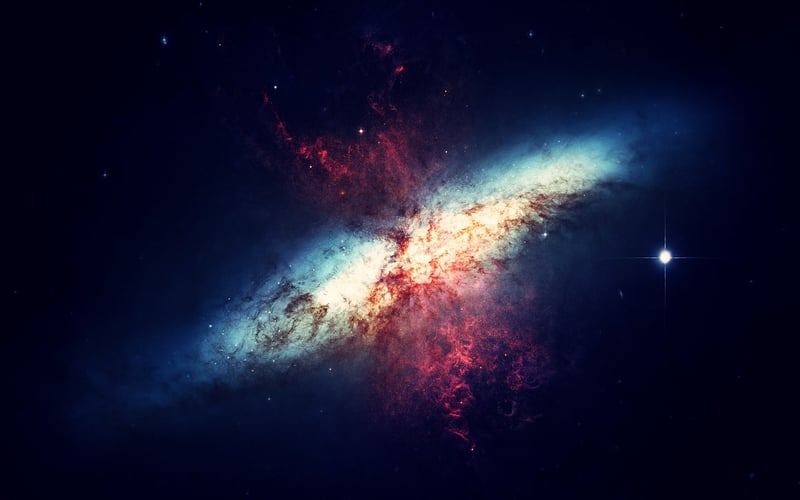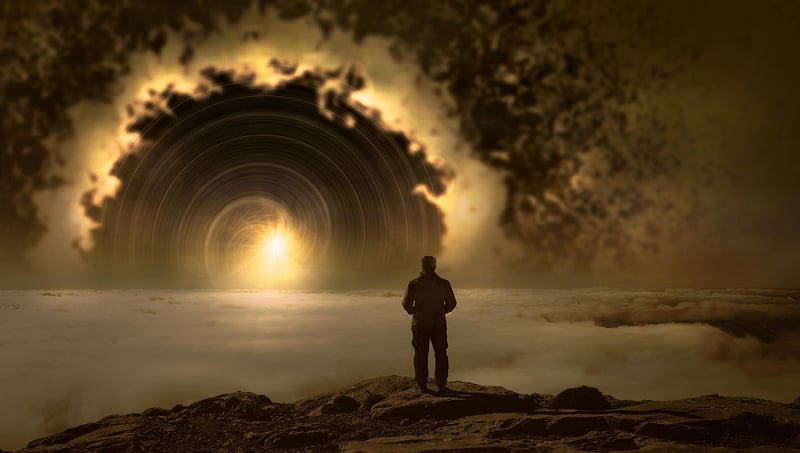Black Hole Study
Exploring the Wonders of the Universe: A Journey into Black Hole Study
Embark on a fascinating adventure into the depths of space as we delve into the enigmatic world of black holes. These cosmic marvels, with their gravitational pull so strong that even light cannot escape, have long captivated scientists and space enthusiasts alike.
What are Black Holes?
Black holes are regions in space where the gravitational pull is so intense that nothing, not even light, can escape from them. They are formed when massive stars collapse under their gravity, creating a singularity with infinite density at the center.
Studying Black Holes
Scientists study black holes using various methods, including observing their effects on nearby stars and gas clouds, analyzing the gravitational waves emitted during black hole collisions, and exploring the dynamics of matter falling into them.
Key Facts about Black Holes:
- Black holes come in different sizes, from stellar-mass black holes to supermassive black holes found at the centers of galaxies.
- The event horizon of a black hole is the point of no return beyond which nothing can escape.
- Black holes can distort space and time, leading to fascinating phenomena like time dilation and spaghettification.
Recent Discoveries
Recent advancements in technology have allowed scientists to make groundbreaking discoveries about black holes. In 2019, the Event Horizon Telescope captured the first image of a black hole, providing visual evidence of these cosmic entities.
Exploration and Beyond
As technology advances, researchers continue to push the boundaries of our understanding of black holes and the universe. From studying the behavior of matter around black holes to exploring the potential links between black holes and dark matter, the future of black hole study holds exciting possibilities.
Ready to Explore Further?
For more information on black holes and the mysteries of the universe, check out resources from organizations like NASA and the European Space Agency.
Image Source: View Image

